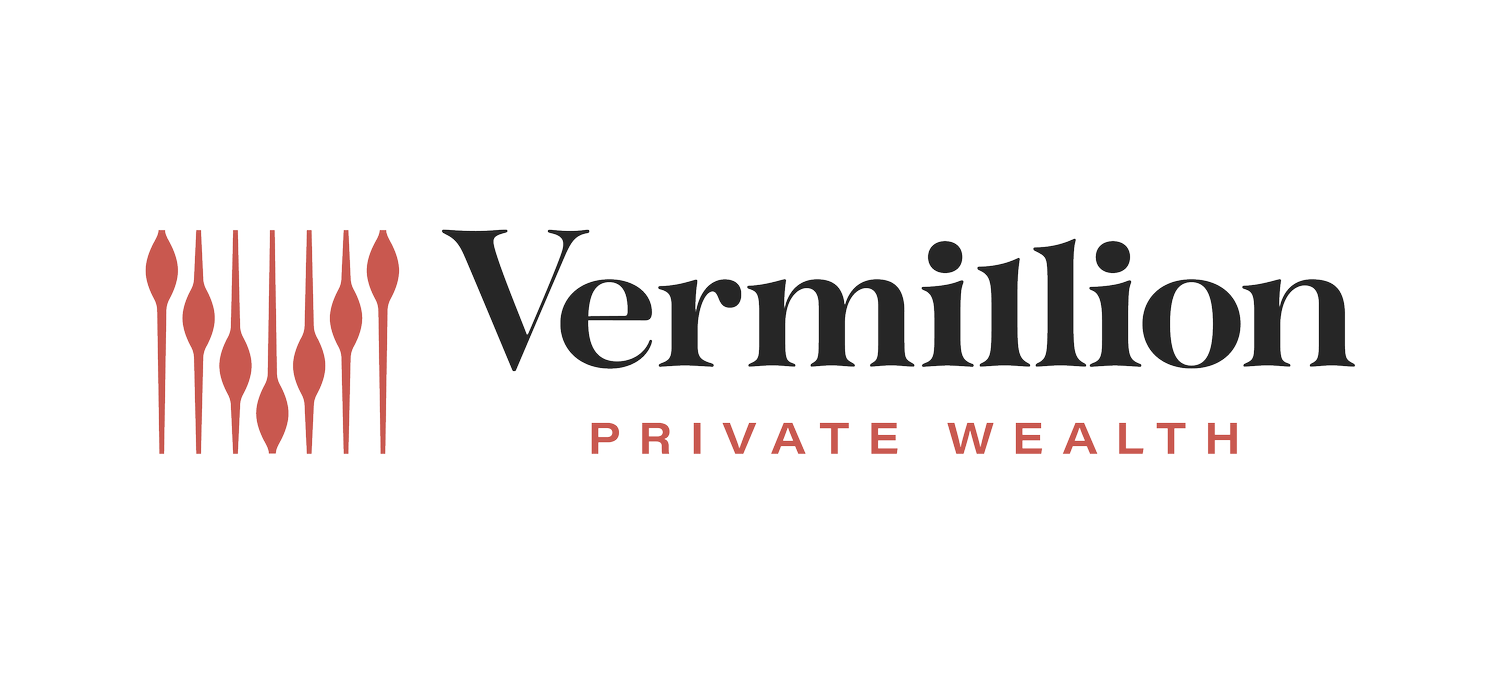Embracing the SaaS Revolution: Unlocking the Power of Cloud-Based Software
Remember when computers had floppy disk drives? I do. I was a lucky one. My parents splurged on a computer back in the early 1990s, and boy did I love it. I distinctly remember authoring a story about space exploration, complete with rudimentary clip art illustrations. I didn’t know at the time the role computers would play in the rest of my life, but I’m certainly thankful to have had the early introduction. For a long-time, it was the hardware wars that dominated the landscape. Brands like Dell, Gateway, and Apple were battling it out to be the computer of choice. Compared to today, software was limited back then, but the growth of the internet and broader accessibility changed that, and now we’re in the software-as-a-service era, or software 2.0.
What is SaaS?
SaaS describes software that lives in the cloud and is billed on a subscription model. In other words, the SaaS model eliminates procurement and management of expensive hardware such as servers. Instead, you pay a monthly, quarterly, or annual fee to use software deployed from the cloud. The model itself is not brand new, but the immense growth of cloud infrastructure and the digital transformation has led to SaaS dominating the software space.
Why SaaS?
In a lot of ways, SaaS is a win-win for consumers and developers. Customers, both individuals, and businesses gain the ability to access the software from multiple devices. In the era of remote work and flexible hours, this is perfect for workers on the go. Customers no longer need to worry about routine maintenance and upgrades; the vendor handles these tasks, typically happening behind the scenes and without disruptions. Another benefit is the low up-front costs and ease of access. Typically, a device and a credit card are all that’s needed to get set up.
Software companies also benefit from the SaaS model. By selling with a subscription service, they have primarily predictable, recurring revenue with automated renewals. In addition, the burden of maintaining customers on differing versions is all but gone. Now, all customers are using the same software, simplifying maintenance, training, and sales. Another benefit is the additional information software companies can capture from their customers. Developers can use this newfound data to add premium features, cross-sell other solutions, and improve functionality, creating a more “sticky” customer.
Examples:
I’m the perfect example of a more productive customer due to SaaS solutions. Investment management and financial planning are relatively software-reliant. Here are some of the tools I use daily to serve my clients:
Customer-Relationship-Manager (CRM)
Financial Planning Software
Podcast Recording Tool
Client Billing Software
Portfolio Analysis Program
Client Billing
Trading & Account Management
Before the SaaS age, these tools required large upfront expenditures, complicated hardware, and routine maintenance, not to mention non-scheduled maintenance when something breaks. With SaaS solutions, I know exactly how much I’m paying each month on software, I don’t need to worry about keeping servers up to date, and I’m free to spend more time serving clients and less worrying about technology.
Investments:
SaaS companies can also make attractive investments. An upstart with an in-demand solution, intuitive user interface, and attractive price point can grow the customer base quickly, with few friction points. The days of sending clients to the store to buy software or taking weeks to onboard new customers are largely over. Now, most SaaS providers have quick and seamless onboarding processes. Recurring revenue is incredibly attractive to investors, commanding much higher multiples than equal revenue that isn’t predictable and recurring.
Traditional software companies can also make attractive options as they transition their business from perpetual licenses to recurring plans. Adobe, for example, has transitioned to over 80% recurring revenue from less than 20% in 2010, according to Ark Invest. While SaaS continues to become a larger piece of the software pie, there’s a long way to go yet, as SaaS revenue is only about 25% of software revenue as a whole. This is good news for investors eyeing SaaS, as the runway is long and opportunities abundant.
The following ten years could well be the Golden Era for software 2.0. As more developers leverage the ever-expanding public cloud, SaaS companies will serve more clients with innovative software solutions. The digital transformation is well underway, and I expect SaaS to grow in tandem with other industries enabled by technological advances.
Disclaimer: This article is provided for general information and illustration purposes only. Nothing contained in the material constitutes tax advice, a recommendation for purchase or sale of any security, or investment advisory services. I encourage you to consult a financial planner, accountant, and/or legal counsel for advice specific to your situation. Reproduction of this material is prohibited without written permission from James Vermillion, and all rights are reserved.

